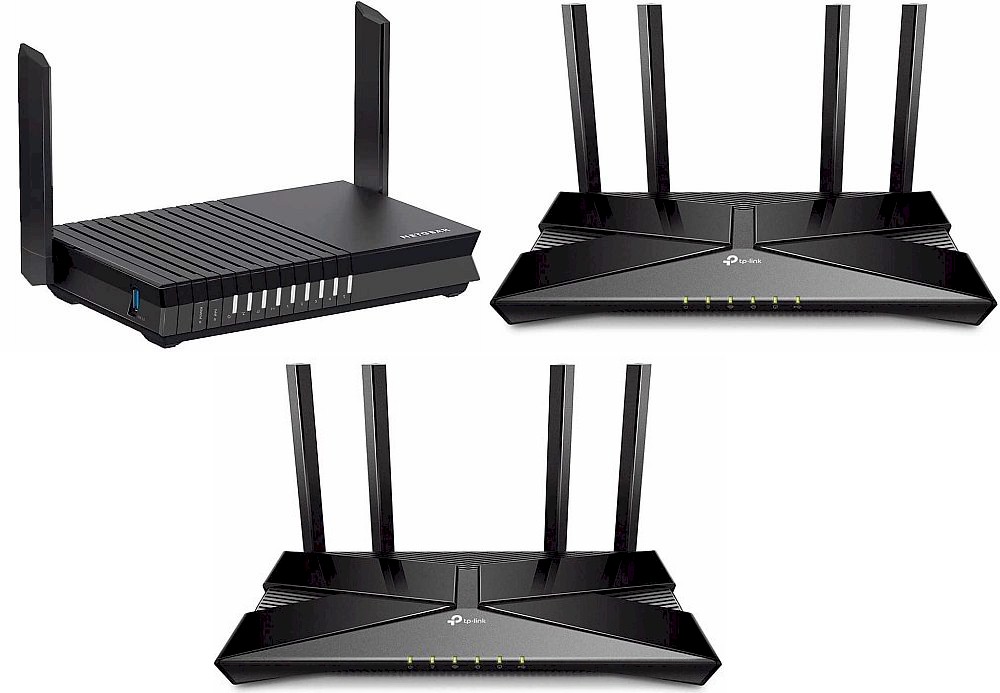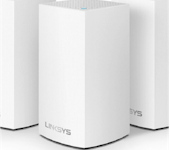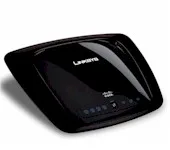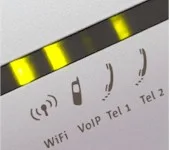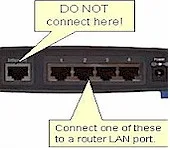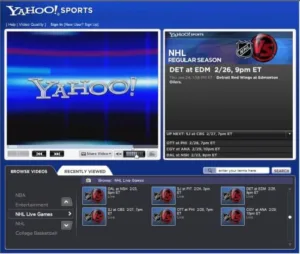The WRT160N has been added to the Router and Wireless Charts. This will become Linksys’ lowest-cost draft 802.11n router once the WRT150N inventory is exhausted.
In my last post, I discussed multicasts and some of the basic concepts. This time, I’m going to discuss technologies used by switches and routers to enable and configure multicasts. Specifically, I’m going to dive into addressing and IGMP. Understanding the details behind multicasts helps understand configuring multicasts as well as the issues limiting the use of multicasts on the web.
A post on the Windows Home Server Team Blog yesterday provided a heads-up for an update to the Microsoft Knowledge Base Article that fleshes out the data corruption problem that has been affecting some users since late last year.
This guide will help you steer around the potholes on the road to a happy VoIP experience.
IOGEAR today announced a self-contained remote access appliance for PC’s and KVMs.
The PCPortal connects between a display and USB keyboard and mouse and the display and USB port on a computer or KVM server. No software is required on the computer or KVM and both Windows and Linux-based OSes are supported.
This short How To shows you how to delay your old wireless router’s trip to the landfill.
Latest word, direct from D-Link, is that the troubled dual-band draft 11n router has not been discontinued, as previously rumored. After first encountering problems in initial shipments that caused D-Link to recall and replace those faulty units, the restocking of retail shelves is now delayed “due to a component” (not being available). D-Link has no … Read more
If you’re trying to decide whether a more expensive “firewall” will keep you safer than an off-the-shelf router, this article can help.
It’s occurred to me that readers monitoring our RSS feeds can’t tell when we add new products to the charts. So, starting now, I’ll be announcing additions via short news items. Peplink’s Balance 30 has been added to the Router Charts. It’s a three-WAN router with about 20 Mbps routing throughput and built-in four port … Read more
Buffalo set out to create a low-cost NAS that anyone could install and use, but at the sacrifice of performance.
Netgear’s entry into the draft 802.11n AP/Bridge competition has great performance. But it’s the only one to take the single-band route.
With the growth of IPTV and other IP media streaming technologies, applications for multicast technology are increasing. Live Video broadcasts and VoIP applications are viable uses for real time transmissions over an IP network from a single source to multiple recipients.
Most data transmissions are unicasts, which are a one-to-one data stream sent from one device to another device. Email, web surfing, and file downloads are all examples of unicasts, even for the busiest sites or most downloaded files. Although a single web page may be visited thousands of times each day, each time it is viewed it is individually transmitted to the requestor’s PC as a unicast.

